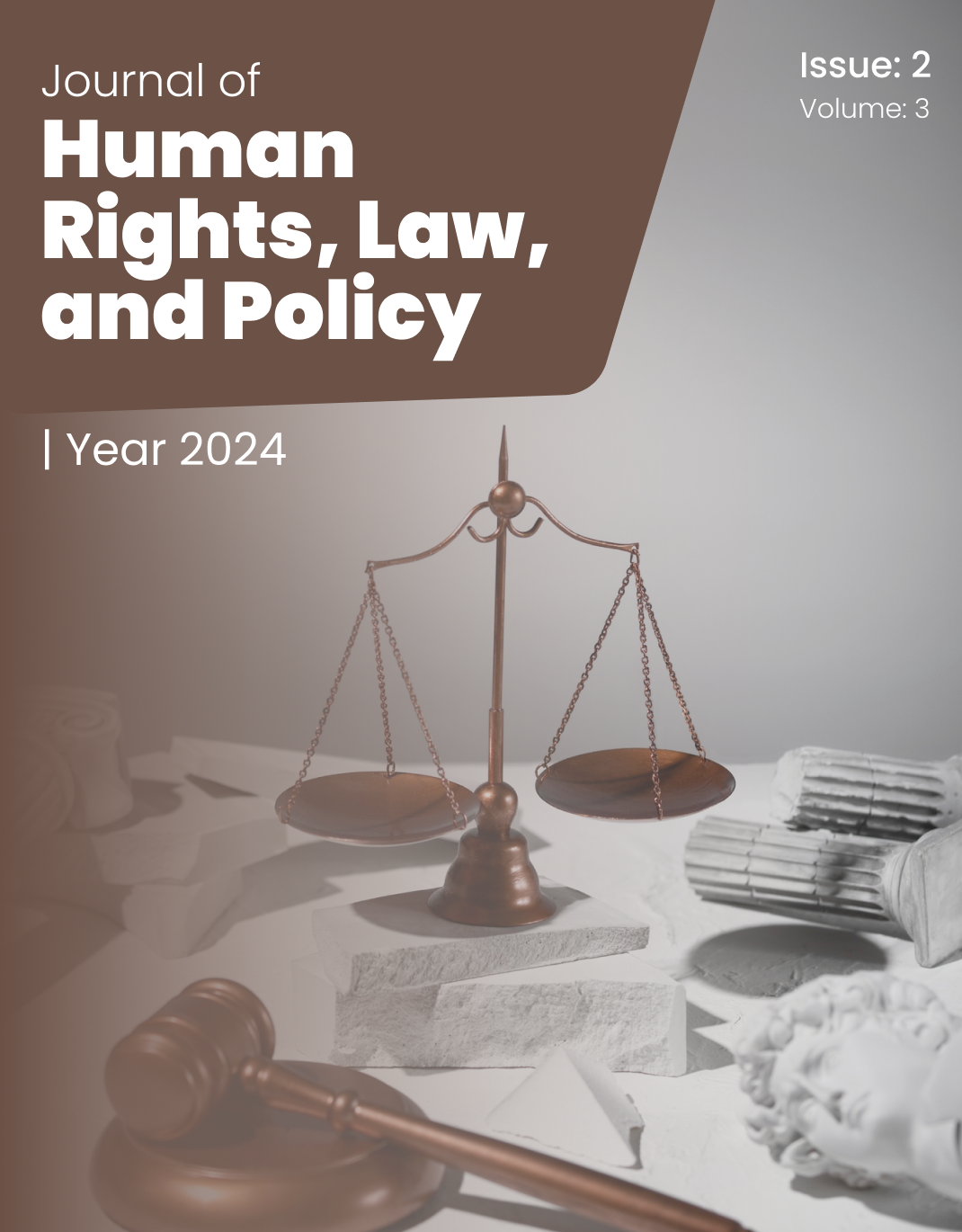Indicators of Political Suppression in Fragile Democracies: A Qualitative Analysis
Keywords:
Political suppression, fragile democracy, authoritarianism, Iran, qualitative research, civil society, repression indicators, legal manipulationAbstract
This study aimed to identify and analyze key indicators of political suppression as experienced by civil society actors within the institutional framework of a fragile democracy, using Iran as a case study. The research employed a qualitative approach using semi-structured interviews with 14 purposefully selected participants residing in Tehran, including activists, journalists, students, and former political candidates. The participants were chosen based on their direct involvement in political or civic engagement. Data collection continued until theoretical saturation was reached. The interviews were audio-recorded, transcribed verbatim, and analyzed using thematic analysis supported by NVivo software. Open, axial, and selective coding techniques were used to extract and organize emergent themes, with particular attention to institutional, social, and psychological dimensions of suppression. Three major themes were identified: restrictive institutional practices, psychological and social intimidation, and suppression of collective action. Within these themes, key subthemes emerged, such as legal manipulation, electoral obstruction, misuse of the judiciary and security forces, social isolation mechanisms, and the criminalization of protest. Participants described experiences of legal harassment, surveillance, reputational attacks, and targeted economic repression. The suppression was often embedded in administrative and legal procedures, creating a “plausible” yet coercive framework for political control. Interviewees also highlighted the emotional toll of living under constant political pressure, which included fear, disillusionment, and self-censorship. The findings underscore how fragile democracies suppress political participation through legally sanctioned yet fundamentally repressive mechanisms. By documenting firsthand experiences of suppression, the study reveals the nuanced and systemic ways in which democratic processes are undermined. These insights offer both theoretical and practical implications for identifying and addressing political repression in hybrid regimes worldwide.
Downloads
References
Arjomand, S. A. (2009). After Khomeini: Iran under his successors. Oxford University Press.
Bermeo, N. (2016). On democratic backsliding. Journal of Democracy, 27(1), 5–19. https://doi.org/10.1353/jod.2016.0012
Carey, S. C. (2006). The dynamic relationship between protest and repression. Political Research Quarterly, 59(1), 1–11. https://doi.org/10.1177/106591290605900101
Chenoweth, E., Perkoski, E., & Kang, S. (2017). State repression and nonviolent resistance. Journal of Conflict Resolution, 61(9), 1950–1969. https://doi.org/10.1177/0022002717721390
Coppedge, M., Gerring, J., Knutsen, C. H., Lindberg, S. I., Teorell, J., Altman, D., ... & Ziblatt, D. (2020). V-Dem [Country–Year/Country–Date] Dataset v10. Varieties of Democracy (V-Dem) Project. https://doi.org/10.23696/vdemds20
Diamond, L. (2019). Facing up to the democratic recession. In L. Diamond (Ed.), Ill Winds: Saving Democracy from Russian Rage, Chinese Ambition, and American Complacency (pp. 5–28). Penguin Press.
Davenport, C. (2007). State repression and the domestic democratic peace. Cambridge University Press.
Ginsburg, T., & Huq, A. Z. (2018). How to save a constitutional democracy. University of Chicago Press.
Golkar, S. (2015). Captive society: The Basij militia and social control in Iran. Columbia University Press.
Howard, P. N., & Bradshaw, S. (2019). The Global Disinformation Order: 2019 Global Inventory of Organised Social Media Manipulation. Oxford Internet Institute. https://doi.org/10.2139/ssrn.3503910
Human Rights Watch. (2022). Iran: Events of 2021. https://www.hrw.org/world-report/2022/country-chapters/iran
Levitsky, S., & Way, L. A. (2010). Competitive authoritarianism: Hybrid regimes after the Cold War. Cambridge University Press.
Levitsky, S., & Ziblatt, D. (2018). How democracies die. Crown Publishing.
Schedler, A. (2002). The menu of manipulation. Journal of Democracy, 13(2), 36–50. https://doi.org/10.1353/jod.2002.0031
Varol, O. (2015). Stealth authoritarianism. Iowa Law Review, 100(4), 1673–1742. https://doi.org/10.2139/ssrn.2427247
Downloads
Published
Submitted
Revised
Accepted
Issue
Section
License

This work is licensed under a Creative Commons Attribution-NonCommercial 4.0 International License.

